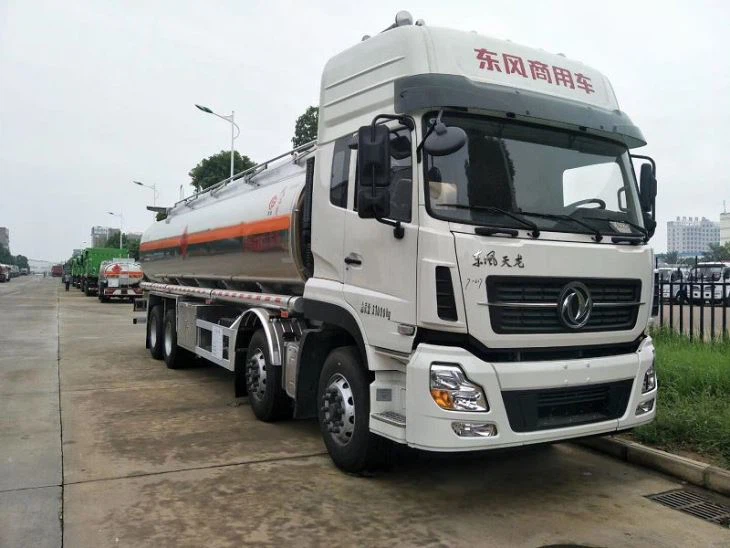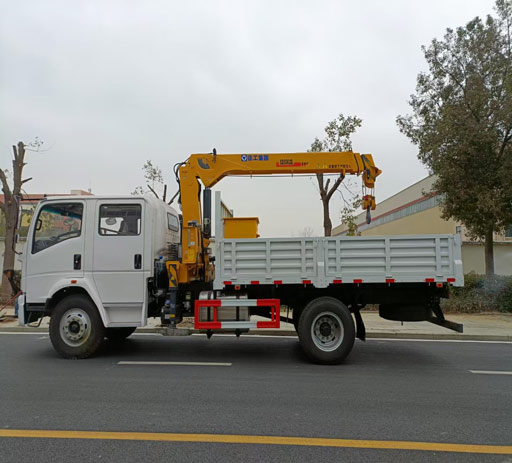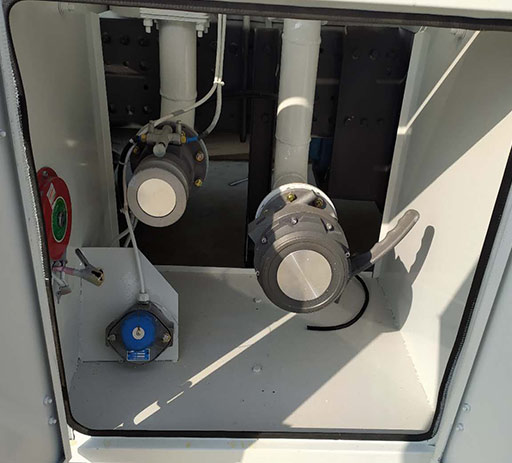Vertical Baler for Sale: Your Ultimate Guide to Buying and Using

Are you looking for a way to improve your waste management process while saving space and resources? A vertical baler might be just what you need. In this comprehensive guide, we’ll explore everything you need to know about vertical balers, including their benefits, features, types, and where to find them for sale. We will also provide practical tips and examples on how to use them effectively in your business.
What is a Vertical Baler?
A vertical baler, also known as a downstroke baler, is a machine designed to compress waste materials, such as cardboard, plastics, and paper, into compact bales. These bales can then be easily transported and stored, helping businesses save space and enhance recycling efforts.
How Vertical Balers Work
Vertical balers work using a hydraulic system that compresses the waste material into a dense, rectangular shape. The process typically involves the following steps:
- Loading: The operator loads the waste material into the baler.
- Compressing: The hydraulic press comes down, compressing the material into a bale.
- Bailing: Once the material is compacted, it is secured with wire or plastic strapping.
- Discharge: The finished bale is ejected from the machine for storage or transportation.
Common Applications
Vertical balers are used in various industries, including:
- Retail: For recycling cardboard boxes.
- Manufacturing: For compressing scrap materials.
- Distribution centers: To manage bulk packaging waste.
- Waste management: To streamline recycling operations.
Benefits of Using a Vertical Baler
Investing in a vertical baler comes with numerous benefits that can positively impact your business, including:
Space Efficiency
Vertical balers occupy less floor space than horizontal balers, making them ideal for businesses with limited room for waste management systems.
Cost Savings
By compressing waste materials, vertical balers reduce the number of pickups needed by waste management companies, leading to decreased disposal costs.

Improved Recycling Rates
Vertical balers help facilitate recycling by ensuring that materials are properly compacted and organized for transportation to recycling facilities.
Enhanced Safety and Cleanliness
By consolidating loose waste into bales, vertical balers reduce the risk of injury caused by cluttered workspaces, leading to a safer working environment.
Types of Vertical Balers
Vertical balers vary in size, capacity, and features. Understanding the different types available can help you make an informed purchasing decision.
Standard Vertical Balers
These are the most common vertical balers, typically used by small to medium-sized businesses. They handle a range of materials, with capacities usually ranging from 1 to 2 tons per hour.
Heavy-Duty Vertical Balers
Heavy-duty vertical balers are designed for large volumes of material and can process heavier materials like metals and thick plastics. They are ideal for manufacturing and industrial settings.

Specifications of Heavy-Duty Balers
| Feature | Specification |
|---|---|
| Capacity | 2-3 tons/hour |
| Power Source | Electric or diesel |
| Weight | 1,500-3,000 lbs |
Small Vertical Balers
Designed for limited space, small vertical balers are perfect for establishments like grocery stores, restaurants, and offices. They can handle lighter materials and are easy to operate.
Specifications of Small Balers
| Feature | Specification |
|---|---|
| Capacity | 0.5-1 ton/hour |
| Dimensions | 3ft x 3ft x 6ft |
| Weight | 500-1,200 lbs |
Fully Automatic Vertical Balers
These models automate the entire baling process, ideal for high-volume operations. They are designed to optimize efficiency and reduce labor costs.
Specifications of Fully Automatic Balers
| Feature | Specification |
|---|---|
| Processing Speed | 3-4 tons/hour |
| Automation Level | Fully automatic |
| Maintenance | Low |
Buying Guide: Vertical Baler for Sale
When looking for a vertical baler for sale, consider the following factors:
Determine Your Needs
Assess the volume and type of materials you plan to compress to select the appropriate baler size and type.
Research Reputable Suppliers
Look for suppliers with good reviews and customer service. Consider both new and used balers based on your budget.
Inspect the Equipment
If purchasing used equipment, inspect the baler for signs of wear and ensure it is in good working condition. Look for features such as:
- Power and efficiency ratings
- Ease of operation
- Safety features
Compare Prices
Obtain quotes from multiple suppliers and compare prices, keeping in mind that the cheapest option is not always the best in terms of quality and longevity.
Evaluate Warranty and Support
Choose a supplier that offers a warranty and reliable post-purchase support to ensure your investment is protected.
Practical Tips for Operating a Vertical Baler
To maximize the effectiveness of your vertical baler, follow these tips:
Proper Loading Techniques
Ensure materials are loaded evenly and do not exceed the recommended limits to prevent jams and mechanical issues.

Regular Maintenance
Conduct consistent maintenance to keep the baler in optimal condition. This includes cleaning, lubrication, and checking hydraulic fluid levels.
Train Operators
Provide adequate training to operators to minimize accidents and improve efficiency. Operators should understand the machine’s operation and safety protocols.
Frequently Asked Questions (FAQs)
What materials can I use with a vertical baler?
You can compress various materials, including cardboard, plastics, paper, and even metals, depending on the baler’s specifications.
How much does a vertical baler cost?
The cost of a vertical baler can range from $3,000 to over $20,000, depending on the type, size, and features. Always get quotes from multiple suppliers to find the best deal.
Are vertical balers environmentally friendly?
Yes, vertical balers promote recycling and waste reduction, making them an eco-friendly choice for businesses aiming to minimize their environmental impact.
How often do I need to maintain my baler?
Regular maintenance should be conducted monthly, including checks on hydraulic systems and cleaning of the machine. Follow the manufacturer’s guidelines for specific recommendations.
Can I use a vertical baler for hazardous materials?
It is best to consult the manufacturer’s guidelines about compressing hazardous materials, as special certifications and handling procedures may be required.
Do I need a power source for a vertical baler?
Yes, vertical balers require a power source, typically electricity or diesel. Ensure you have a suitable and safe power source before operating the baler.
